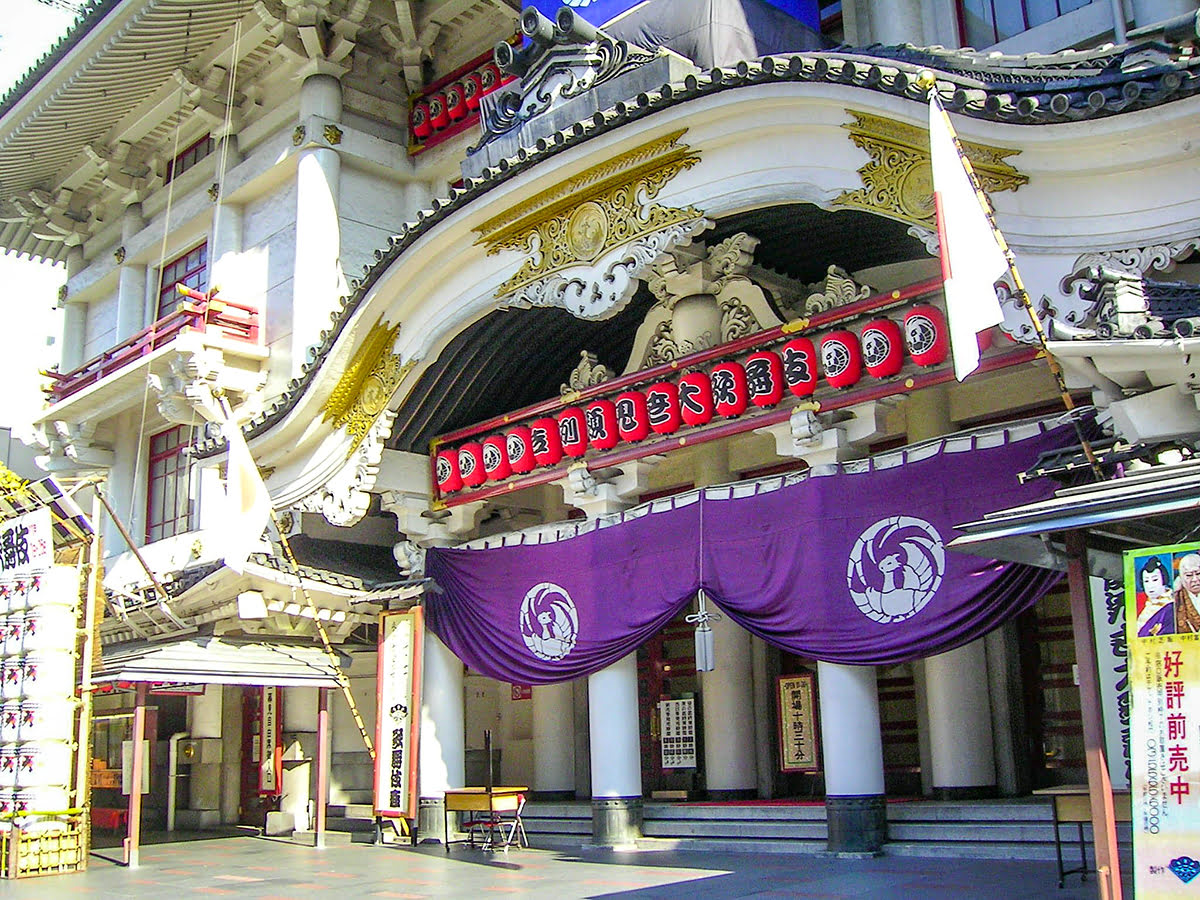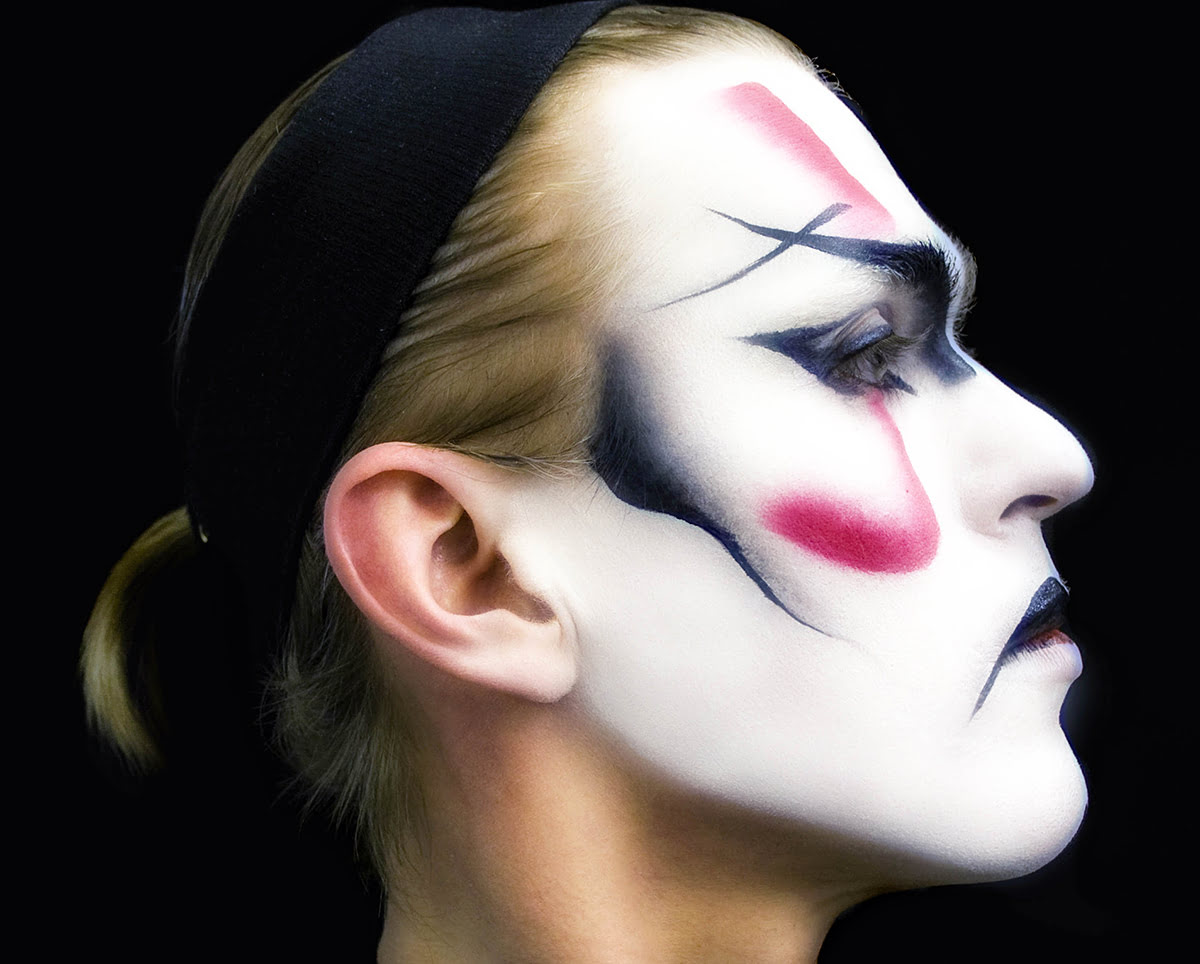Tokyo, a city where the past gracefully meets the present, is home to one of Japan’s most revered cultural treasures—Kabuki theater. An art form that dates back to the Edo period, Kabuki is more than just a theatrical performance; it’s an intricate dance of history, artistry, and drama that continues to captivate audiences from around the world. If you’re planning a visit to Tokyo, immersing yourself in the world of Kabuki is a must. Join us as we unravel the vibrant tapestry of Kabuki theater in Tokyo, uncovering its rich history, dynamic performances, and how you can experience this captivating tradition firsthand.
The Rich History of Kabuki
Kabuki theater traces its origins to the early 17th century, during Japan’s Edo period. Legend has it that the art form was created by a woman named Izumo no Okuni, who performed a new style of dance drama in the dry riverbeds of Kyoto. Her innovative performance style quickly gained popularity, evolving into the sophisticated form of theater we know today. Kabuki’s journey from an unconventional street performance to a high art revered across Japan is a testament to its enduring appeal. Interestingly, despite its roots being in female performance, Kabuki shifted to an all-male cast shortly after its inception. Today, male actors expertly play both male and female roles, known as onnagata, adding a unique dynamic to the performances.
Where to Experience Kabuki in Tokyo
Tokyo boasts several iconic venues where you can experience the magic of Kabuki. The most famous of these is the Kabuki-za Theatre in Ginza. As the principal theater for Kabuki, Kabuki-za has been a cultural landmark since its establishment in 1889. The theater has undergone several renovations, the most recent being in 2013, to preserve its traditional architectural grandeur while incorporating modern conveniences. Watching a performance at Kabuki-za is akin to stepping back in time, enveloping you in a world where elaborate costumes, stylized acting, and musical accompaniment create an unforgettable spectacle.
Understanding the Performance
Kabuki performances are divided into several acts, each offering a narrative rich in drama, intrigue, and emotion. Traditional Kabuki revolves around three main categories: Jidai-mono (historical plays), Sewa-mono (domestic plays), and Shosagoto (dance pieces). Each performance is meticulously crafted to maintain the audience’s engagement through dramatic storytelling, intricate dances, and expressive music. Kabuki is unique in its use of the hanamichi—a narrow runway extending through the audience, allowing actors to make dramatic entrances and exits. This interactive element bridges the gap between the performers and spectators, creating a more immersive experience.
How to Purchase Kabuki Tickets
Attending a Kabuki performance in Tokyo is easier than you might think. Tickets can be purchased directly at the theater, online, or through travel agencies. For those who might be short on time or budget, single-act tickets are also available, allowing you to experience a portion of the performance. It’s advisable to book your tickets in advance, especially during peak tourist seasons.
Here are some options for securing your tickets:
- Online: Websites like Kabuki Web offer an easy platform to purchase tickets online. This is a convenient option for international tourists.
- At the Theater: Tickets can also be bought at the Kabuki-za ticket counter. Arrive early to ensure you get a good seat.
- Travel Agencies: Many travel agencies offer Kabuki ticketing services as part of their Tokyo travel packages.
Tips for Enjoying a Kabuki Performance
To ensure you have a memorable Kabuki experience, here are a few tips:
- Arrive Early: Get to the theater at least 30 minutes before the performance starts to find your seat and soak in the pre-show atmosphere.
- Dress Comfortably: While there is no strict dress code, dressing neatly is appreciated. Additionally, the theater can get chilly, so bring a light jacket.
- Rent an Audio Guide: English audio guides are available and highly recommended for non-Japanese speakers. They provide invaluable context and translation for the performances.
- Stay Respectful: Ensure your phone is off or on silent mode. Refrain from talking loudly or causing disturbances during the performance.
- Embrace the Experience: Kabuki is an expressive form of drama, so allow yourself to be immersed in the storytelling, music, and performances.
Day-by-Day Itinerary for a Tokyo Trip with a Kabuki Experience
Day 1: Arrival and Exploration of Asakusa
Begin your Tokyo adventure by exploring the historic district of Asakusa. Visit the iconic Senso-ji Temple, stroll through Nakamise Shopping Street, and enjoy traditional Japanese snacks. In the evening, head to your hotel to rest for the exciting days ahead.
Day 2: Discovering Ueno and Akihabara
Dedicate your second day to exploring Ueno’s cultural gems, such as the Tokyo National Museum and Ueno Zoo. In the afternoon, dive into the vibrant world of Akihabara, known for its anime, manga, and electronic stores. After a day of exploration, return to your hotel to relax.
Day 3: Ginza and Your First Kabuki Experience
Immerse yourself in the luxurious district of Ginza on your third day. Explore high-end shopping streets, dine at exquisite restaurants, and visit art galleries. In the evening, make your way to the Kabuki-za Theatre for a mesmerizing Kabuki performance. This will be one of the highlights of your Tokyo trip, as you experience the rich tradition and excitement of live Kabuki theater.
Day 4: Shibuya and Shinjuku
Spend your fourth day exploring the bustling neighborhoods of Shibuya and Shinjuku. Begin at the famous Shibuya Crossing, then visit the renowned Meiji Shrine. In the afternoon, head over to Shinjuku for its vibrant nightlife, impressive skyscrapers, and dining options. Don’t forget to visit the Tokyo Metropolitan Government Building for a panoramic view of the city.
Day 5: Traditional Arts and Cultural Immersion
Your fifth day should focus on immersing yourself in traditional Japanese arts and culture. Visit the Edo-Tokyo Museum for a deep dive into Tokyo’s history, followed by a traditional tea ceremony experience. In the evening, consider attending another Kabuki performance or exploring Rikugien Garden to end your day in serenity.






















